The F-117 Nighthawk is a semi-retired stealth attack aircraft (whose actual current status in the Air Force is the topic of some debate). It has been the subject of much speculation and spy-thriller movie-style cover-ups, and it was one of the most intriguing Cold War top-secret projects. It is without a doubt one of the most interesting American military aircraft ever developed, and a pioneer in advanced stealth technology (stealth is one of the main features of modern aircraft).The F-117 Nighthawk is strictly a stealthy ground attack aircraft and not a “stealth fighter.” This is even though it is designated “F” for “Fighter” (“B” refers to “Bomber” like the B-52 Stratofortress, while “R” designates Reconnaissance aircraft and “A” is Ground Attack Aircraft — something more like the role that the Nighthawk actually fulfills).
8/8 The First Of Its Kind
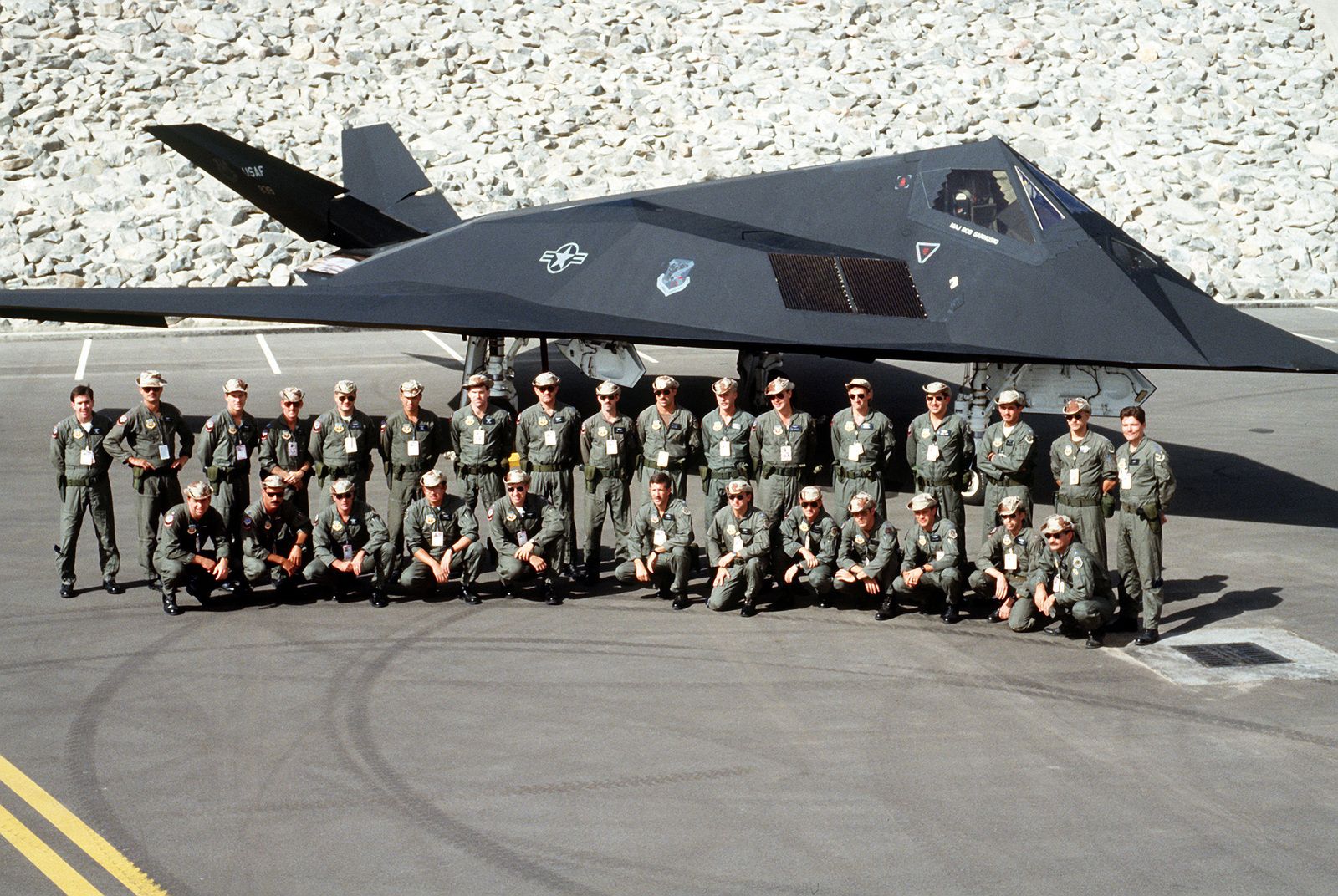
It was the first attack aircraft in the world to use stealth technology and was developed under a secretive program by the Stunk Works of the United States Air Force. Accordingly, it looks futuristic, indeed while it may be semi-retired now, it looks like an aircraft that could be under development today.
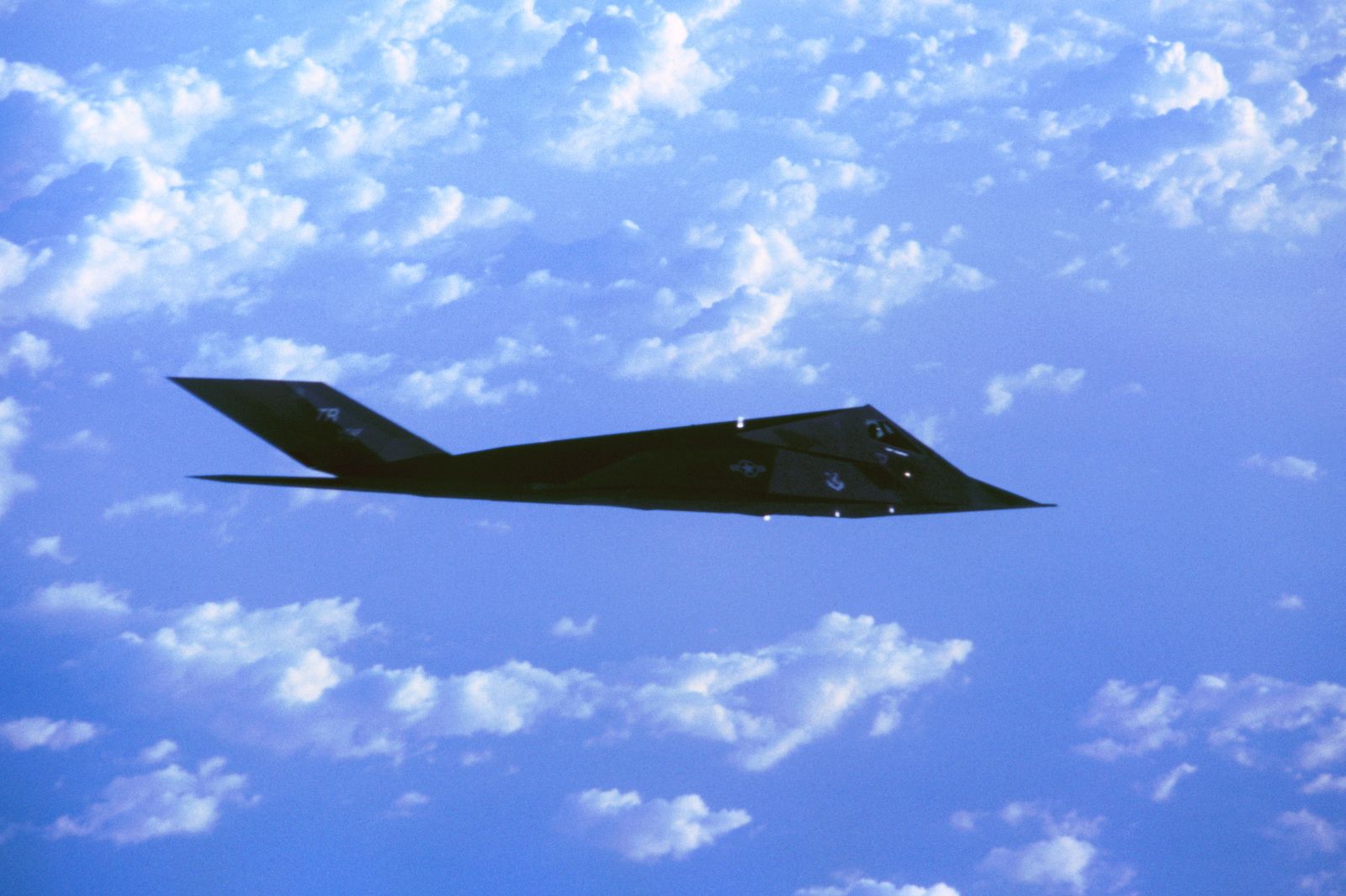
It was a “Black Project” where the development and funding of the project were kept a secret. Even in the Pentagon, few people knew of its production. It was projects like the Blackhawk that gave Area 51 the secretive reputation that it has today.
7/8 Has Its Origin In The Soviet Union
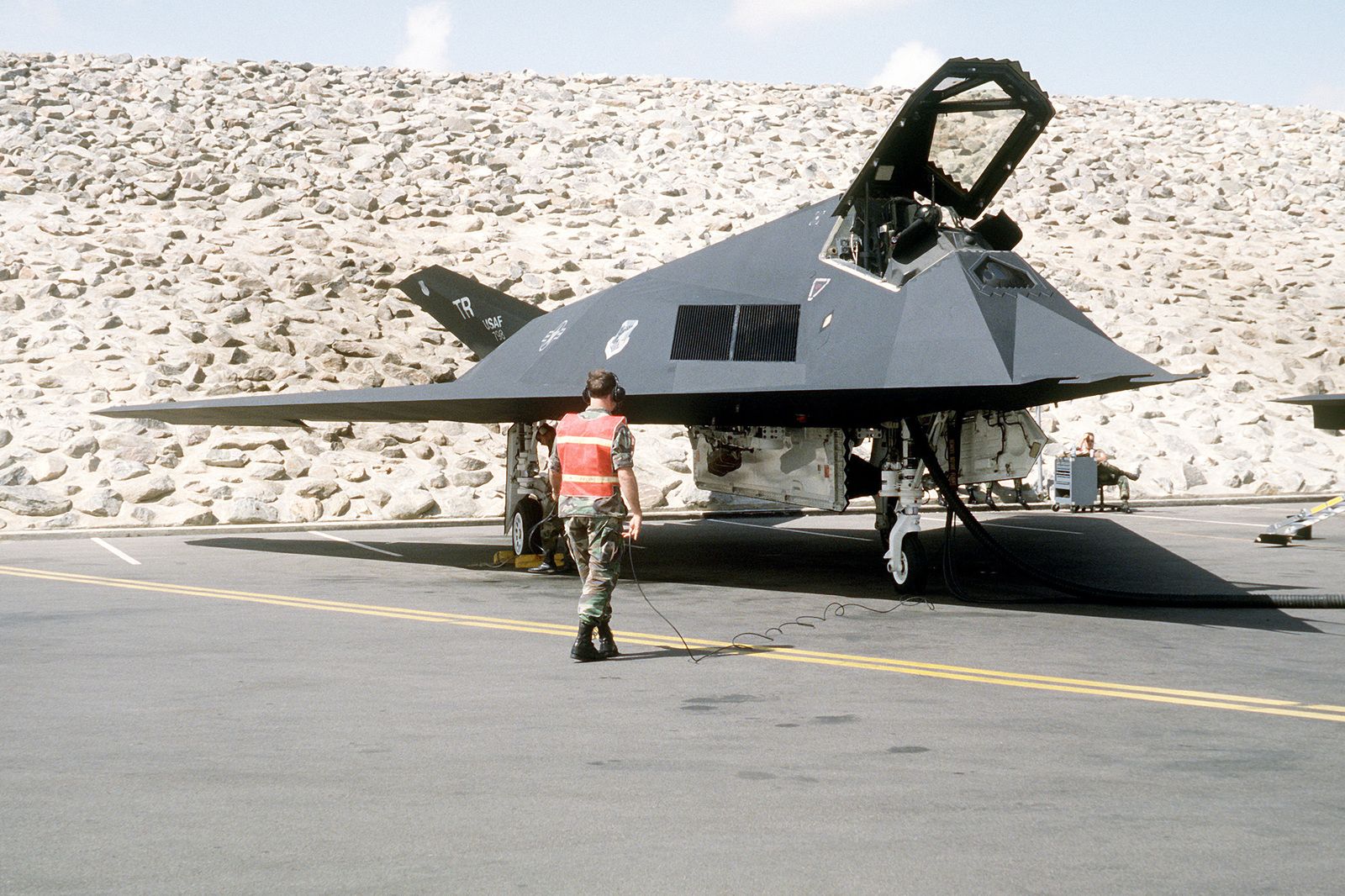
While most of us think of Soviets constantly playing copycat and mimicking the West and reverse-engineering the West’s technology, the origin of the F-117 Nighthawk’s tale is the other way around. Stealth was the idea of a Russian scientist, only America was the first to put it to use.
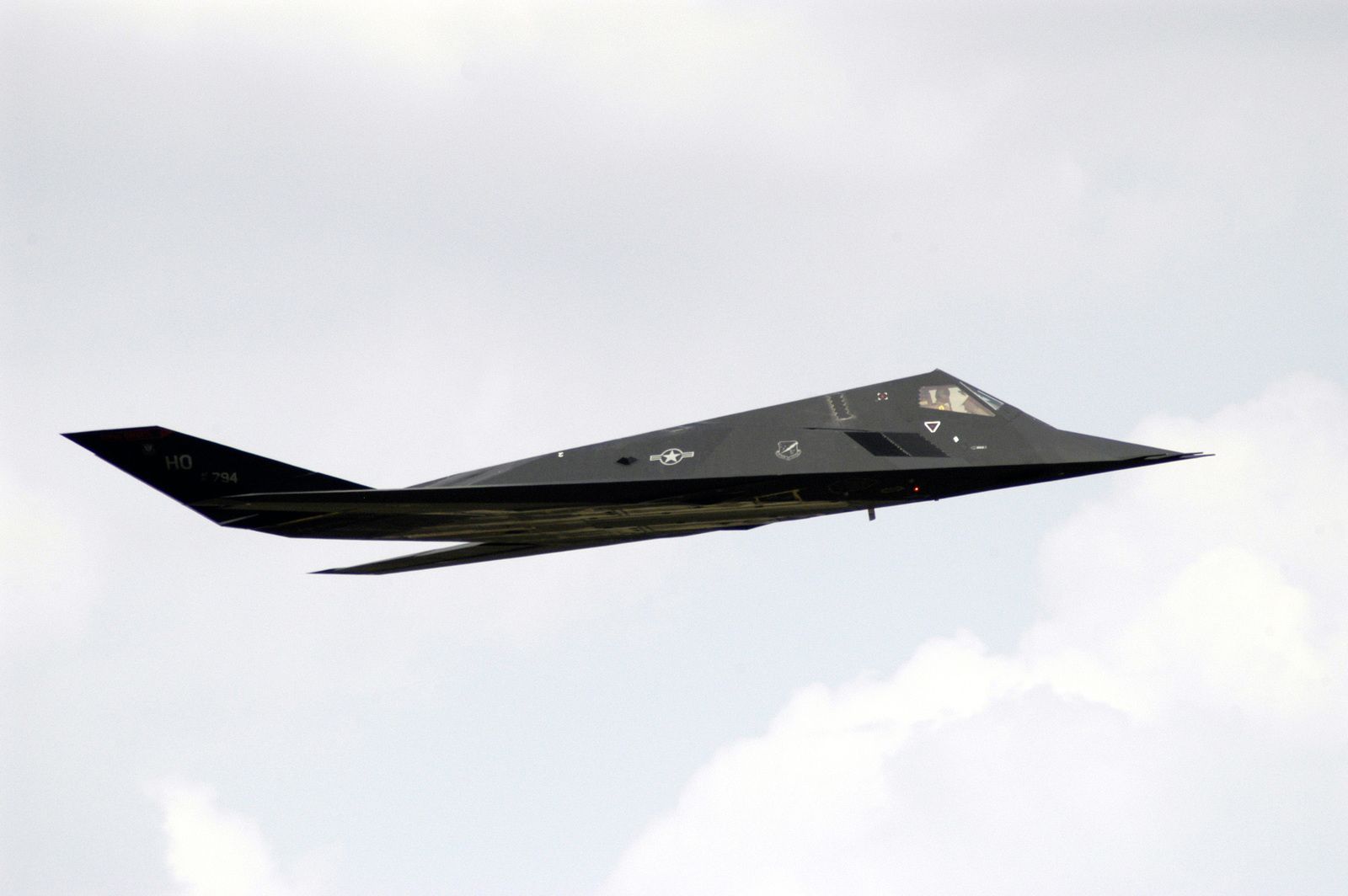
The idea of the F-117 Nighthawk can be traced back to Soviet mathematician Pyotr Ufimtsev when he published his seminal paper titled Method of Edge Waves in the Physical Theory of Diffraction. In which he demonstrated that a craft’s radar signature is more related to its edge configuration and not its size.
6/8 Conceived After The Vietnam War
.jpg)
The Soviets and today the Russians have always boasted some of the most advanced surface-to-air missile technology. Possibly partly because the Soviets had to find a counter to the very advanced fighter jets of the West. This has always been of the main concerns of the US Air Force when they have been planning their next generation of warplanes.
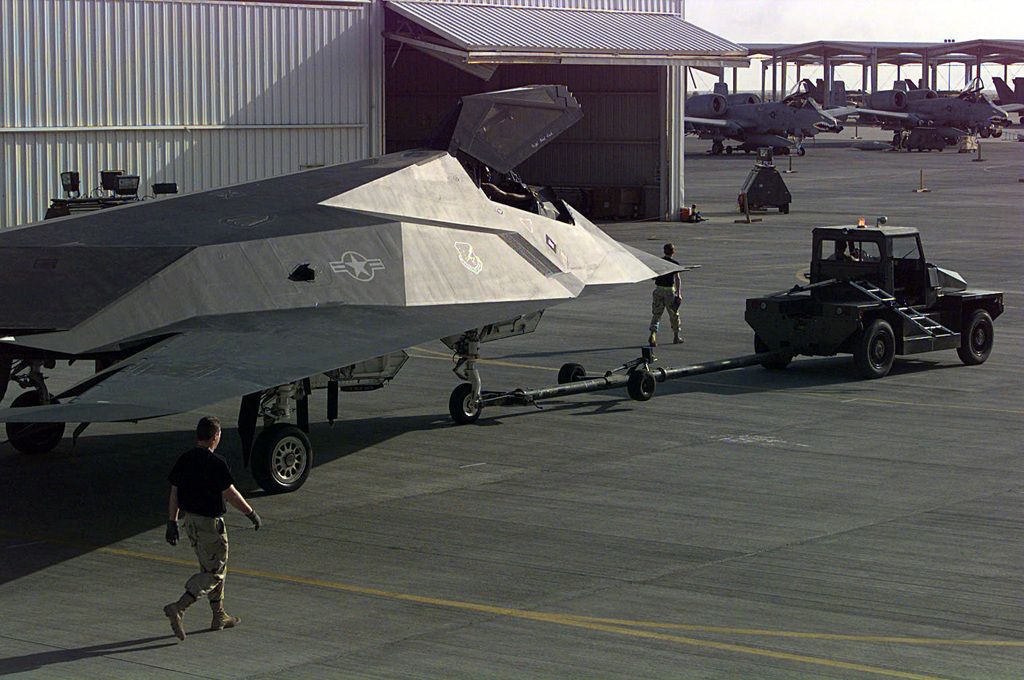
After the Vietnam War, more American bombers were becoming vulnerable to increasingly advanced Soviet surface-to-air missiles, neutralizing their aircraft. This was made painfully obvious by Israel’s losses to Soviet SAMs during the Yom Kippur War.
5/8 Development And First Prototypes
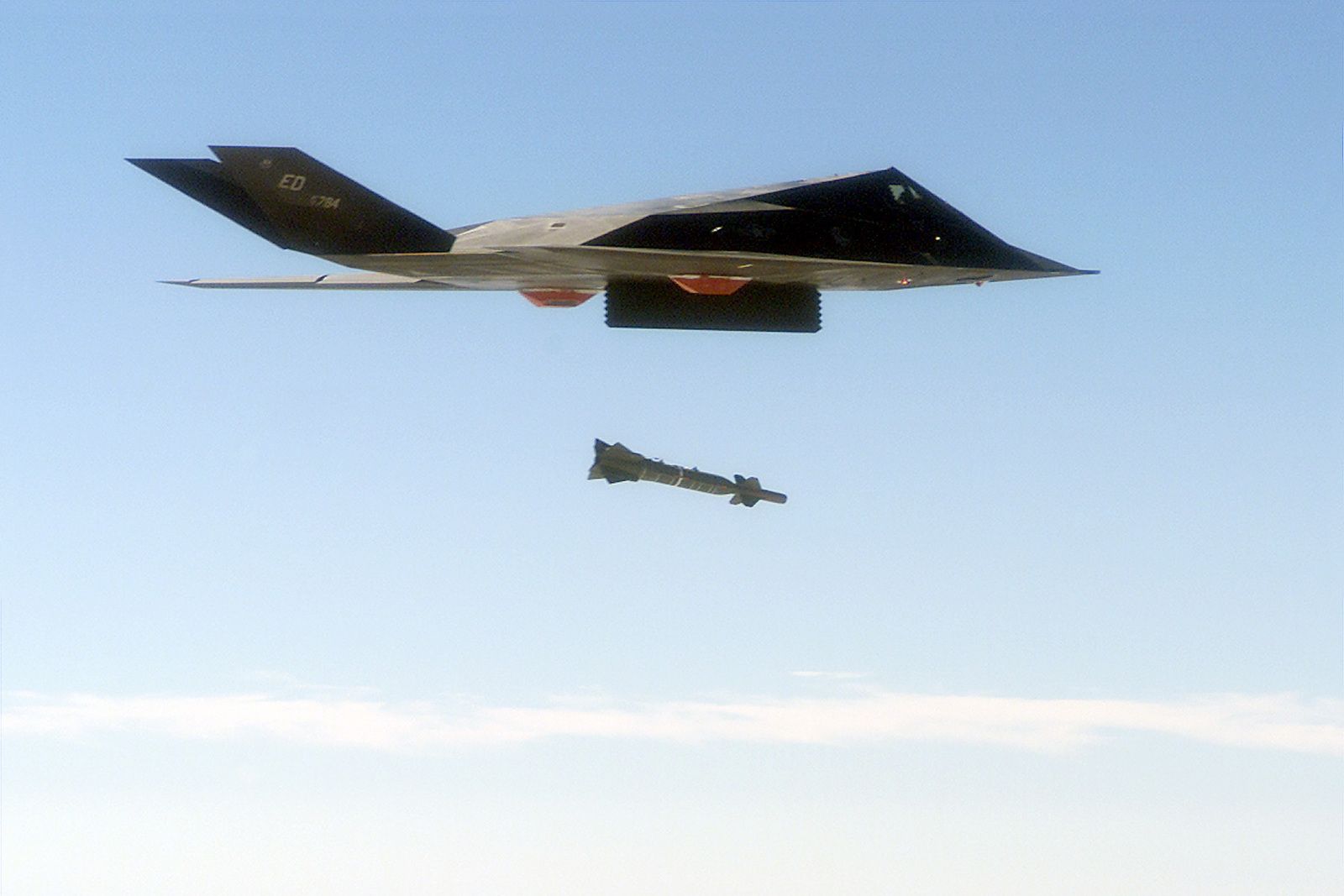
Quite unusual for military projects and very unusual for revolutionary new designs for projects such as this, the first prototypes were completed under budget in 1977 (the first two prototypes cost only $35 million). Just think how ridiculously over budget programs like the stealthy Zumwalt Class Destroyers and the F-35 Lightning II aircraft are today.
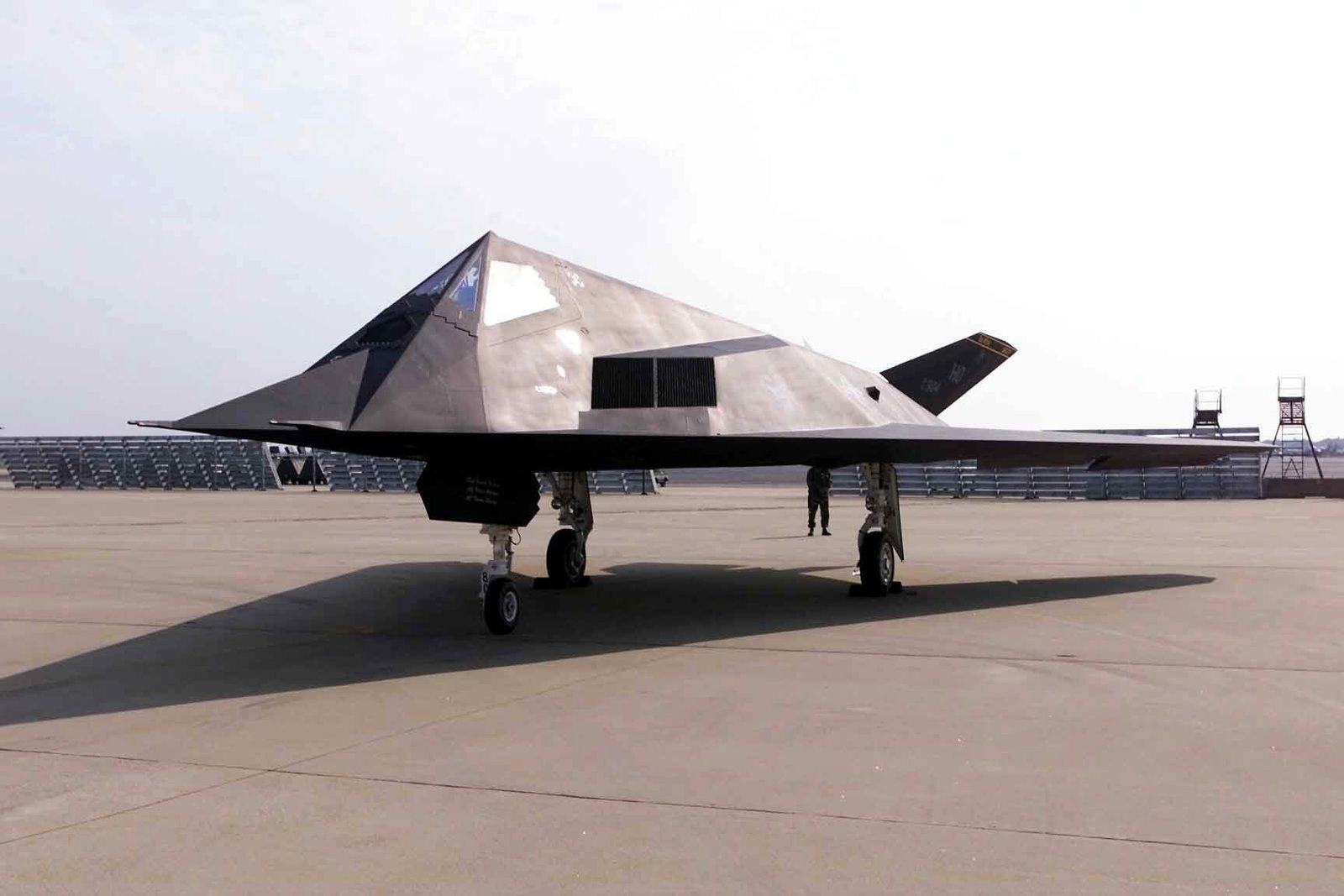
The first prototypes were a kind of a hodgepodge of various other aircraft’s technology, including systems from the F-16 Fighting Falcon, the A-10 Thunderbolt, the C-130, and the Northrop T-38A. While both of these prototype aircraft were considered successes, they both crashed during development.
4/8 Crash And Speculation
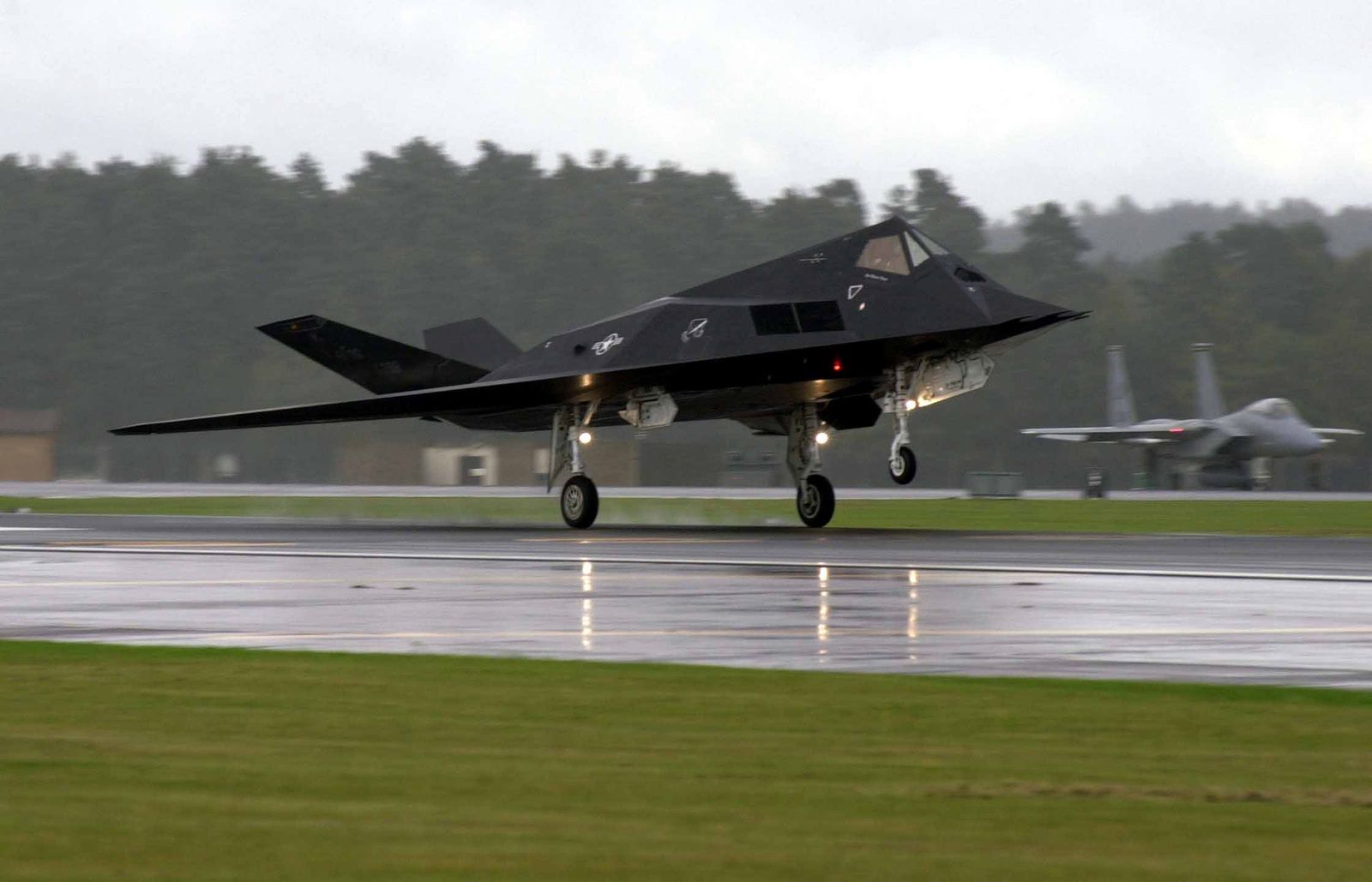
The F-117 Nighthawk was kept a secret for many years, and the Air Force refused to acknowledge its existence. Sightings and rumors abounded and circulated over this secretive aircraft throughout the country. In true movie style, in 1986, a Nighthawk crashed in Sequoia National Park and ignited a forest fire.
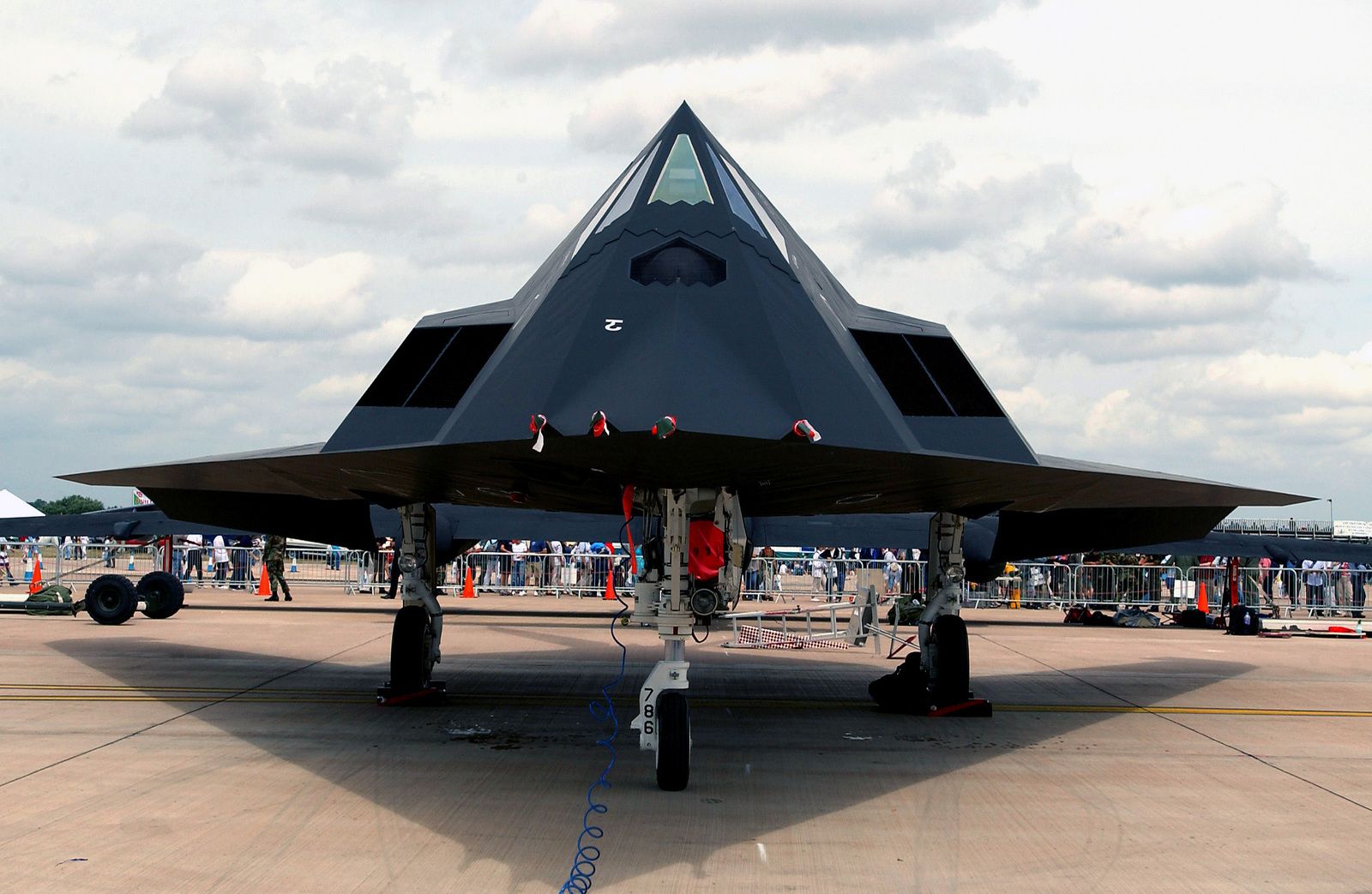
But as quickly as the firefighters reacted, so too did the US military, with a helicopter gunship called in to prevent the firefighters from getting near the crash site. This was the sort of thing that would add fuel to the fire and send conspiracy theories running wild.
3/8 Revelation
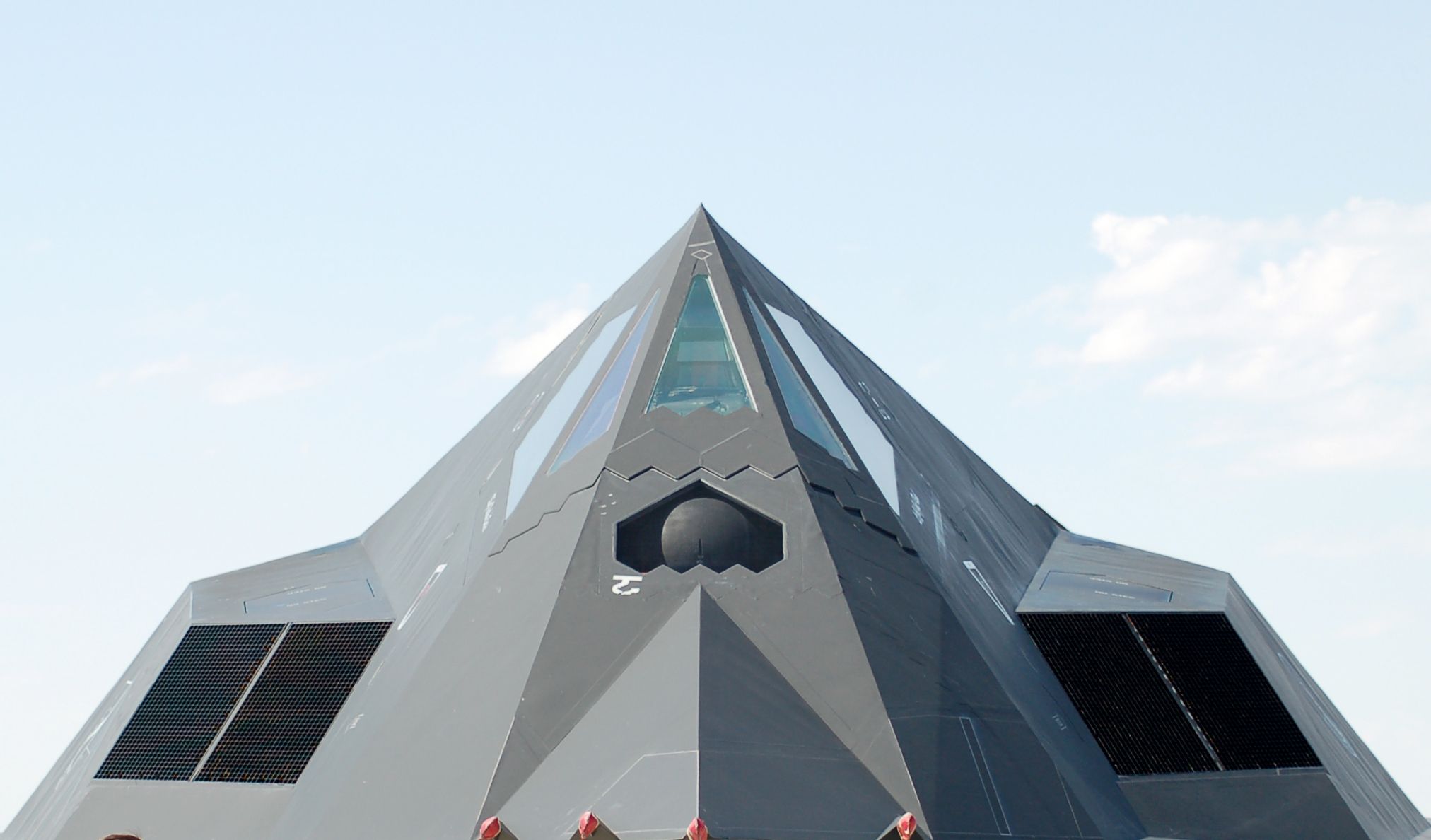
Apart from a single grainy image, the US government refused to acknowledge the existence of the aircraft until they finally relinquished in 1990 and revealed them to a crowd tens-of-thousands strong.
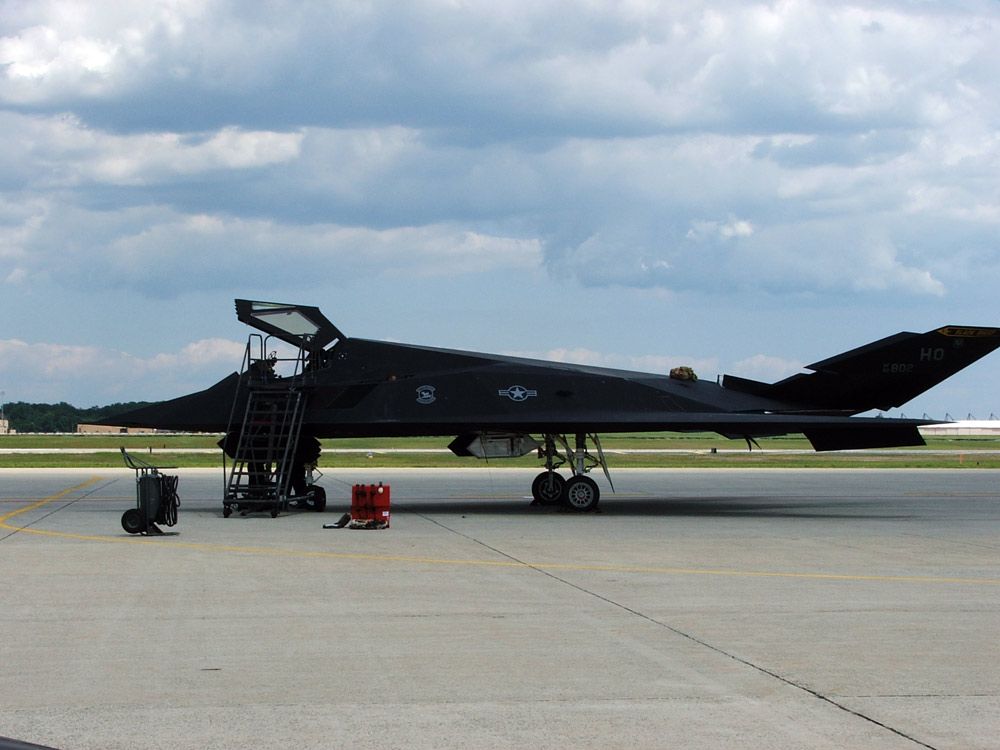
By that time, a total of 64 F-117 Nighthawks had been built, with 59 entering service. It seems fitting that this secretive aircraft began life with its maiden flight in the secretive Area 51 — the Air Force base of so much speculation and intrigue in media and movies alike (like according to the movie Independence Day, that’s also where the Pentagon keeps the crashed UFOs and aliens).
2/8 Role And Combat
.jpg)
It is a myth that stealth is invisible, stealth is just more difficult to see but still visible. The F-117 Nighthawk was great for secret night missions but not much else, as stealth comes with a range of trade offs that limit its aerial performance compared to other aircraft not hampered by stealth.
_(27716590175).jpg)
The F-117’s have seen combat over the skies in Yugoslavia in the 1990s (where one was shot down — so not invisible, nor invincible) and during Operation Desert Storm against Iraq. Additionally, they have been used on combat missions in Panama and in the 2003 Invasion of Iraq.
1/8 Retirement And Replacement
_JP5851250.jpg)
It has been partially retired and replaced by the first fifth-generation fighter aircraft, the stealthy F-22 Raptor air superiority fighter. In 2006, they were mothballed but maintained in a state that the Air Force would be able to recall them into active service should they choose (just in case, and all that).
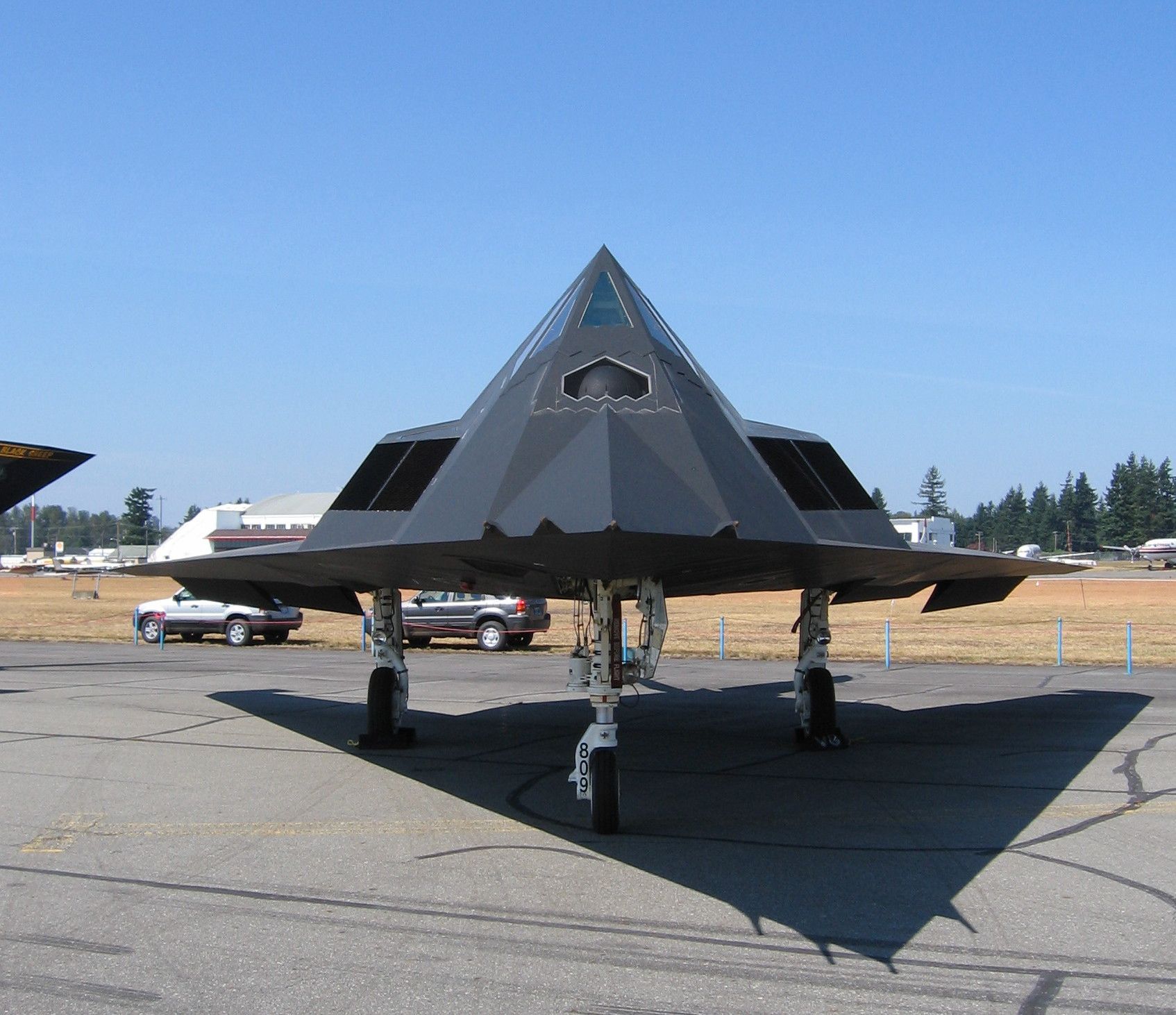
But from 2017 it appeared that Congress was ready to fully start retiring and demilitarizing the aircraft. However, sightings have been reported in 2019 and 2020 of fully operational F-117 Nighthawks in California — so they might not be quite done just yet.
In summary, the F-117 Nighthawk was an impressive aircraft that began the age of stealth.





